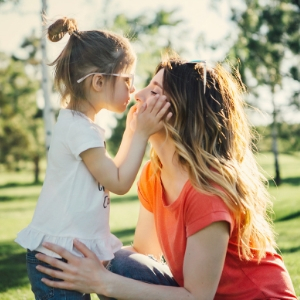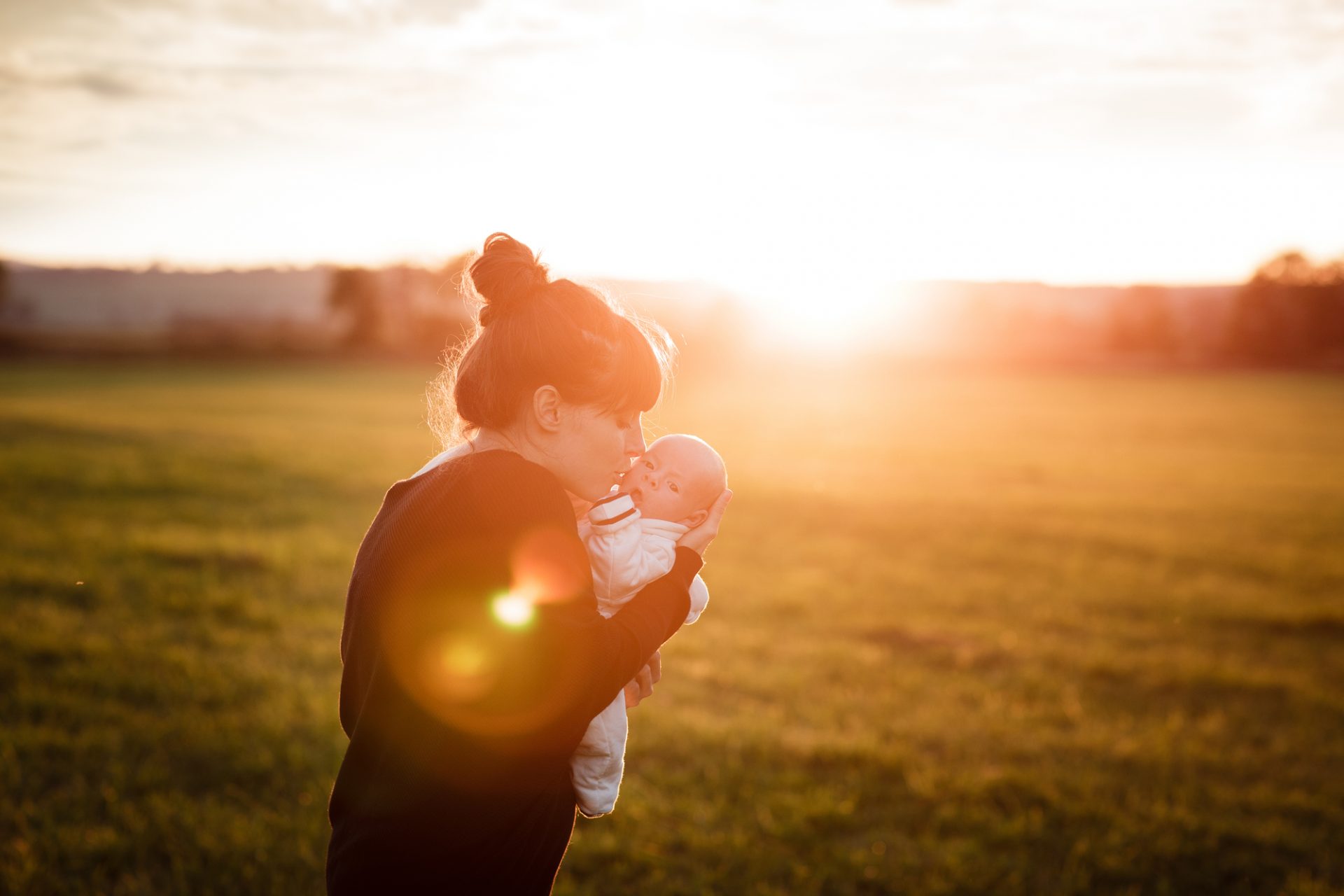3 easy strategies to build resilience in children
This guest post was written by Sarah Conway, psychologist and owner of Mindful Little Minds.
Resilience. You’ve probably heard that word a lot. Especially when talking about children. Everyone wants their child to be resilient. People worry that their children lack resilience and ask me how to improve resilience in children frequently. But what’s so good about it anyway? In fact, what is resilience and why should you care?
What is resilience?
Resilience is about the way we deal with challenges. Set backs. Struggles. Difficult times. Resilience is our ability to bounce back from the hard stuff. To learn, grow, and perhaps, even thrive in the face of a challenge.
Resilience looks different for everyone. It also changes over time, and from situation to situation. A child may be really resilient when it comes to a loss on the sports field, but less resilient when dealing with a difficult task at school.
At its very core, resilience is about social and emotional skills. It is the ability to cope, to manage emotions in ourselves, and to recognise emotions in others. It is about using that information and our own skills to respond to a situation in an appropriate way.
What does resilience in children look like?
A resilient child:
- Is flexible and adapts well to change
- Solves problems effectively
- Is socially competent
- Has positive self-esteem
- Views failure and mistakes as an opportunity to learn
- Is persistent and perseveres when things are difficult
- Is able to manage emotions
Now, I think it’s safe to say we’d all like our children to possess these qualities. And the good news is, they absolutely can! While resilience is partly due to internal factors like genetics and temperament, it’s also partly due to external factors. These are things like a child’s environment and the level of support available to them, whether they have close, supportive relationships, and the presence of someone who explicitly teaches them to be resilient.
Yes, these skills are teachable. Kids can learn to be more resilient. Let’s find out how.

Three tips for building resilience in children:
1. Let them struggle
It is perfectly natural to want to rescue our children. To save them from difficult situations and protect them from the sometimes harsh realities of life. We don’t like watching them struggle. We don’t like seeing them hurt, or afraid, or disappointed, or sad. Of course we don’t!
However, we’re actually doing them a disservice when we don’t allow them to struggle, just a little. Allowing them to struggle a little and then come out the other side improves their self-esteem. It helps them feel competent and capable. They did something hard! It also helps them learn skills and strategies for dealing with stress.
We can liken it to an inoculation. A little bit of stress now helps them deal with bigger stressors later. It prepares them by giving them skills and experiences they can draw upon as they get older and their struggles get bigger.
And if they fail?
Well, that’s an important life lesson too. Failure and mistakes help us to learn and grow. Making mistakes is how we learn about what works and what doesn’t. The brain requires risk to grow. Taking risks helps us to learn about our own boundaries and limits, including when to ask for help.
2. Teach them about emotions
Resilient children are able to recognise emotions in themselves and others. They are able to manage their own emotions appropriately and also adapt their approach in response to someone else’s emotions. This is an important social skill to learn, and we can help them with this by talking about emotions frequently.
From the time they are very young, speak to children about how they are feeling. Also speak to them about how you are feeling. Label emotions and give them the language to describe them. Point out how others are feeling, and teach them to recognise what different emotions look like.

Managing emotions
You can teach a child to manage their emotions by validating how they are feeling, and then helping them calm down when they are distressed, rather than expecting them to do this by themselves. You can also do this by showing them what healthy management of emotions looks like.
Don’t be afraid to express emotions in front of your child – it is important for them to understand that all emotions are ok and that it’s safe to express them. So tell them when you are feeling frustrated, but also show them how you manage your frustration. This helps them understand that feelings come and go and are nothing to be feared.
3. Practice mindfulness
Mindfulness if the act of being fully present in the moment. Of noticing and paying attention to our internal and external environments. Our thoughts, feelings, and physical sensations in our bodies, as well as the sights, smells and sounds around us. Mindfulness teaches us that we are not our thoughts and feelings. We simply have thoughts and feelings. We can notice emotions and thoughts inside of us without reacting to them.
Mindfulness is a fantastic way to improve resilience because it is “thinking about thinking”. Thinking activities strengthen the prefrontal cortex. This is the area of the brain responsible for things like logic, reasoning, decision making, problem-solving and attention. When we find ourselves in a stressful situation, the emotional area of the brain takes over and our prefrontal cortex goes “offline” making it difficult for us to think clearly or rationally.
However, when we strengthen the prefrontal cortex, it becomes easier for us to switch off our stress response, bring the prefrontal cortex back online, and calm down in a difficult situation. This enables us to think clearly again and respond in a more appropriate and helpful way. In other words, it is easier for us to adapt to changes and challenges because our brain becomes better at regulating itself.
Teaching mindfulness
It is not as difficult to teach a child mindfulness as many people think. That’s because children are naturally much more present and engaged in activities than us adults! A helpful way to introduce children to mindfulness is via mindful breathing.
Try this activity: have your child breathe in deeply through her nose, as though she is smelling a delicious piece of hot pizza. Make sure her belly fills with air. Ask her to hold this breath for a few moments, and then breathe slowly out again, pretending she is blowing on her hot piece of pizza, cooling it down. This a great activity to help a child calm down and can be repeated as many times as necessary.
So. There you have it. Three things to try right now to improve your child’s resilience. However, the most important way to build resilience in children is to model resilience yourself. Show your child that you can learn from mistakes. Don’t be afraid to approach a challenge. Take risks. Manage your emotions effectively. Seek help when you need it. Practice mindfulness.
They will learn by watching you – and they are always watching you!

Sarah Conway is a wife, a mother of four, psychologist and the creator of Mindful Little Minds, an online marketplace, blog and community devoted to improving the emotional wellbeing of children. It is Sarah’s mission to help parents build resilient kids, calm homes, and connected families. You can check out her website here.
She also offers a set of calm down cards for kids for FREE. You’ll also receive exclusive printables and tools to help you deal calmly with meltdowns, big emotions and challenging behaviours (yours and theirs!)
[activecampaign form=1]





